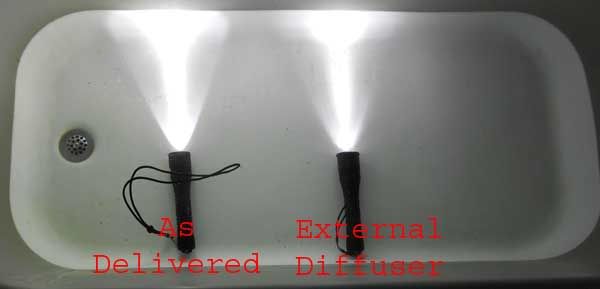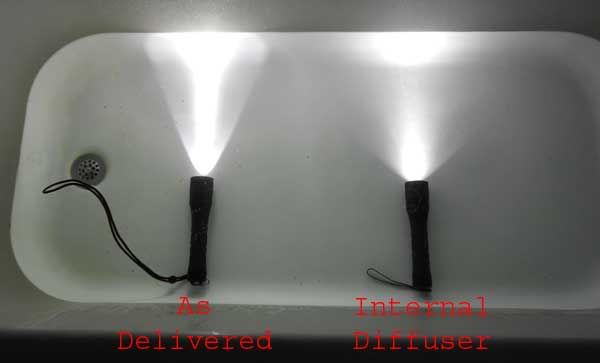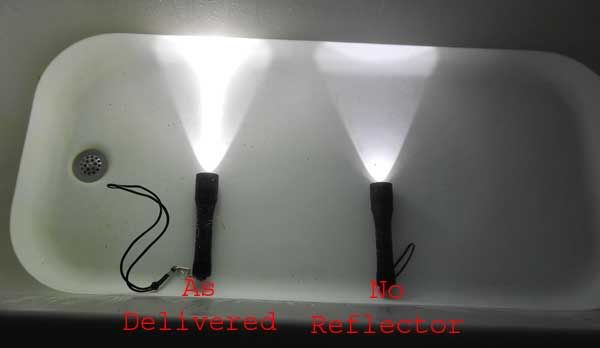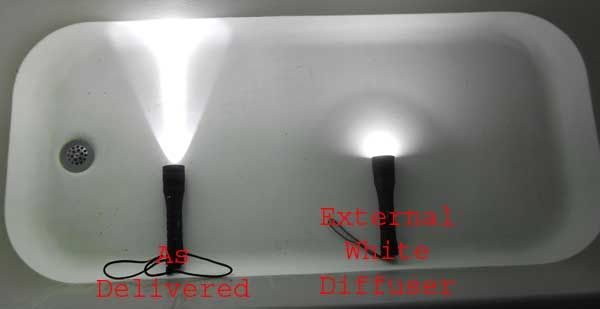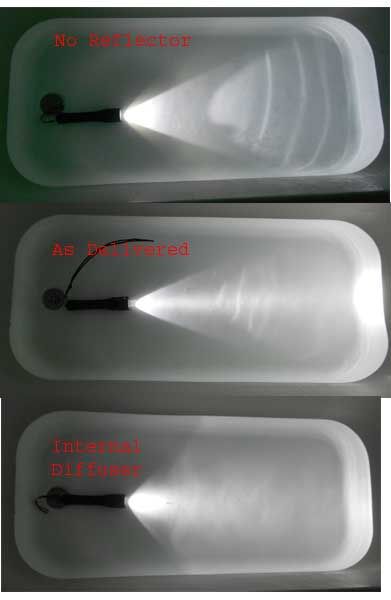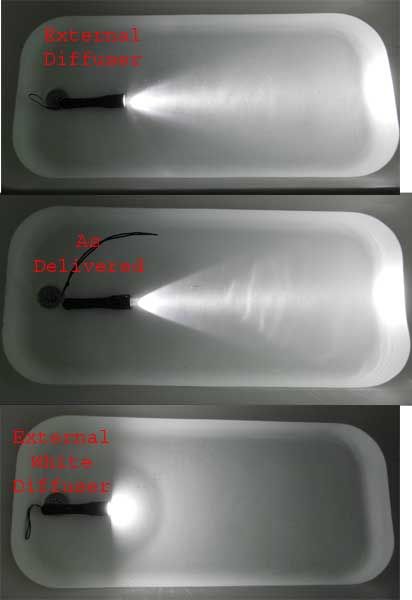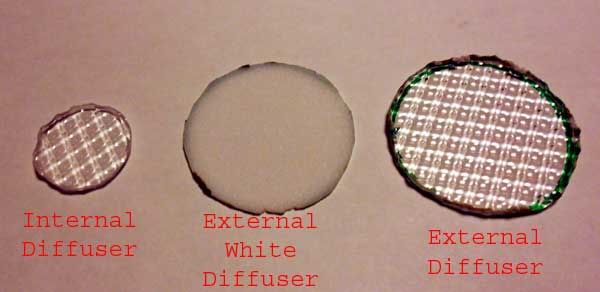Been quietly following this thread.. good job with the rig so far! It seemed to do fairly well in the cave/cavern, but not much effect outside. How many lumens do you think it would take to effectively light stuff up in open water? Still frustrated that my gopro loses so much color at depth, but if I use a flashlight to light stuff up it just makes a crazy hotspot
Sent from my HTC One X using Tapatalk
For Daylight benefit in video you need at least 2x 1200 lumen video lights or for best results maybe 2x 4000 lumens with a very wide angle with a soft drop off. This will cost you well into the the thousands of dollars and even 2 Sola 4000's costing $3200 is only going to help you to a distance of about 2 meters from the light source on a daylight dive. These same lights will light up a cave to what seems to be a blinding level and you wouldnt need anywhere near the full 4000 lumens for night diving.
The sun is a pretty powerful light and starts to loose red at 4m so unless you have your own Sun attached to your rig then it wont give you any more light then the sun does. A dive light in daytime use is only to improve on what the sun can do and if the sun can only give you good colours to maybe 3-5m no portable light source will get anywhere near that. In a dark environment it works a little different because there is no ambient light for your light to compete against, even though you still get the same output you will get colours to a larger distance. This is because in open water daylight the sun is so powerful that it penetrates to 100m or so of water but only the blues get to that depth.
These blue rays from the sun are still more powerful then your torch is to a certain distance and why the blues will dominate your light source from a meter or so distance at any greater depth.
I am testing out a few filters for the GoPro atm and its quite amazing at the benefit you can get from a filter at recreational dive depths. A good filter like those from URPro will hold up pretty well down to 25m or so in good light and a gopro on its own struggles from 3m. Ive used my lights with filters combined and the results are surprisingly useful to help add some colour outside of the lights reach. A premium filter will cost about $80 and premium lights $3000+ both have pluses and minuses but for what you get for the $80 compared to the $3000+ its hard to justify spending anywhere near that amount on lights.
The main reason I don't use the 3D much is because I haven't found a good way to attach the URPpro filter to this yet, URPro and Magic filters are the only 2 brands worth touching IMHO and the URPro range does tend to work better at deeper depths then those by magic. They are more expensive then the basic cheapo $5 ebay red filters but anyone willing to spend $100s on lights should have a play with a good quality filter too. The LED lights these days do work better with a filter too then the old HID's did, you may need to adjust the wb in post at times but results can be much better combining both or just using a filter on its own for daylight open water dives shallower then 25m.
I will post some tests later on with a few filter options for the gopro once I get my hands on all the decent options to compare against eachother.
One of my friends just got one of these lights to try out I want to see his results with the GoPro and his Nikon camera.
Wholesale Light the first brand ARCHON diving video light diving torch dive light 10000 lumens, $665.36-683.73/Piece | DHgate Its a cheap chinese light not sure if its an actual 10,000 lumens but he said the beam looks very even and wide with a very smooth drop off. I will share some of his video tests once he puts some up.
I dont know how long it will last and or if it will cause another Tsunami when it goes bang underwater lol, but even if its half the rated output with a good beam it should be an interesting light. Minus the safety issue of high powered lithium batteries being held in your hand underwater with all chinese 100% safety certification lol.




